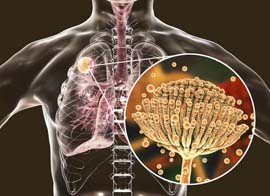
The fungus Aspergillus fumigatus blocks messenger substances in the immune system
Continue reading


The fungus Aspergillus fumigatus blocks messenger substances in the immune system

Iris Graustein (Germany) has been looking for months a residential building in the suburban area. Finally, the broker reports with a financially appropriate offer. After inspecting the property Iris is in doubt. Because at a distance of ten meters leads a power line with two conductors to garden and house over. The utility company tells the family that it is a 20 kilovolt line. Contradictory information about magnetic fields near power lines can be found on the Internet. Even the called building biologist can not provide remote diagnosis. On the one hand, a much lower current flow is to be expected with the 20 kV line than with a large 380 kV line; On the other hand, the cables are very close to the house. The building biologist advises a long-term measurement over 24 hours to obtain certainty about the magnitude of the magnetic field in the apartment.
Continue reading
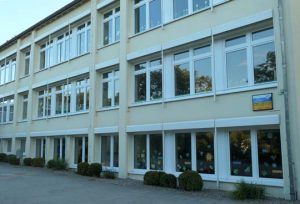 In mid-June 2018 press and television in Germany reported a request from the Left Party regarding a redevelopment concept for public buildings in the Saarland (Germany). The state government admitted that not all of these buildings had been systematically examined for PCB contamination. “The current building stock is not under general PCB suspicion,” says the state government and adds that there is no fundamental obligation for exploration PCB. “However, if refurbishment measures are planned for day care centers, precautionary measures will be carried out in the affected areas on the joints filled with PCBs”. Jochen Flackus, the parliamentary managing director of the Left Party, calls on the state government to develop a concept for the rehabilitation of PCB-contaminated buildings. Flackus points out that until around the 1980s, around 20,000 tons of PCB had been used as sealants in schools, kindergartens and other public buildings throughout Germany.
In mid-June 2018 press and television in Germany reported a request from the Left Party regarding a redevelopment concept for public buildings in the Saarland (Germany). The state government admitted that not all of these buildings had been systematically examined for PCB contamination. “The current building stock is not under general PCB suspicion,” says the state government and adds that there is no fundamental obligation for exploration PCB. “However, if refurbishment measures are planned for day care centers, precautionary measures will be carried out in the affected areas on the joints filled with PCBs”. Jochen Flackus, the parliamentary managing director of the Left Party, calls on the state government to develop a concept for the rehabilitation of PCB-contaminated buildings. Flackus points out that until around the 1980s, around 20,000 tons of PCB had been used as sealants in schools, kindergartens and other public buildings throughout Germany.
Continue reading
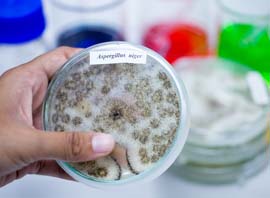
Mold fungus aspergillus niger
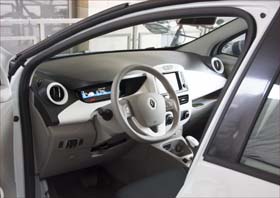
An electric car is currently charging
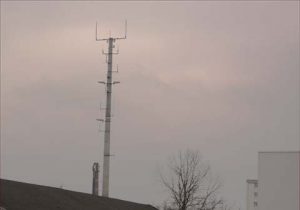 The fire protection authority has recently visited the managers of high-rise buildings or communal buildings more frequently. The fire brigade wants to ensure that the recently introduced digital mobile radio technology TETRA provides consistent reception within the building. As proof the authority wants to have measurements of the field strength of certified engineering offices. If the continuous wireless connection is not confirmed, the owner must provide signal amplification. The central authority for digital radio BOS (Germany) issues a guideline for the planning and realization of object supply. At country level, the guideline is made even more concrete.
The fire protection authority has recently visited the managers of high-rise buildings or communal buildings more frequently. The fire brigade wants to ensure that the recently introduced digital mobile radio technology TETRA provides consistent reception within the building. As proof the authority wants to have measurements of the field strength of certified engineering offices. If the continuous wireless connection is not confirmed, the owner must provide signal amplification. The central authority for digital radio BOS (Germany) issues a guideline for the planning and realization of object supply. At country level, the guideline is made even more concrete.
Continue reading
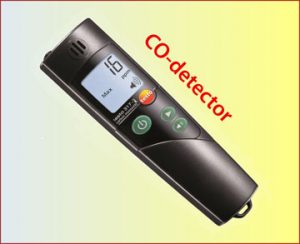
Use high-quality devices to measure CO
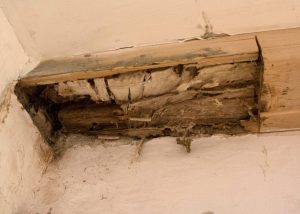
The fungus can remain invisible for a long time
The “real house sponge” (Serpula lacrymans) behaves as an unpredictable journeyman. Even in cases where he already seemed successful, he can turn up again. Already two hundred years ago there were extensive treatises on the life, occurrence and the destructive action of this fungus. It can grow even at a relatively low level of wood moisture and even attack almost dry wood when it is simultaneously settled in a different area with higher humidity. With the aid of its strand mycelium or the so-called strands, the real house sponge can spread over long stretches, thereby also wood-free substances overgrown many meters. No wonder every builder shrugs when the real house sponge is mentioned.
Continue reading

Hole in the wall, which is freshly drilled

nanoparticles sneak into our lives